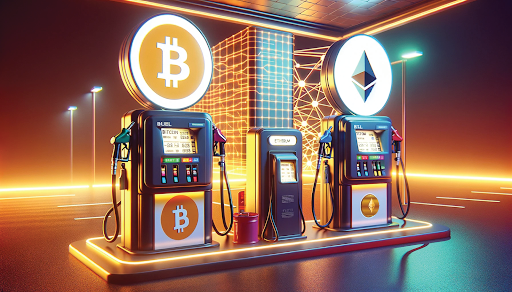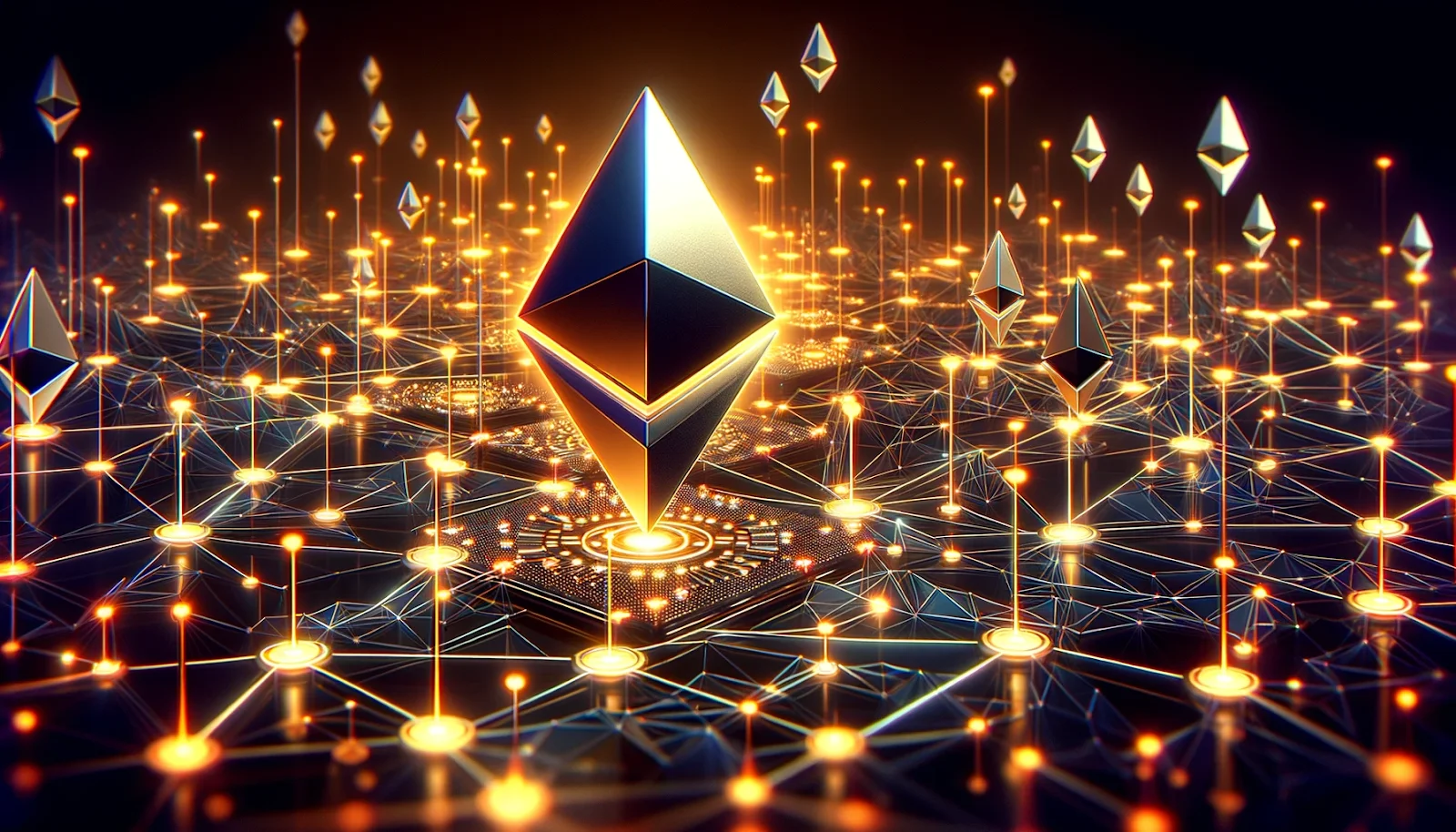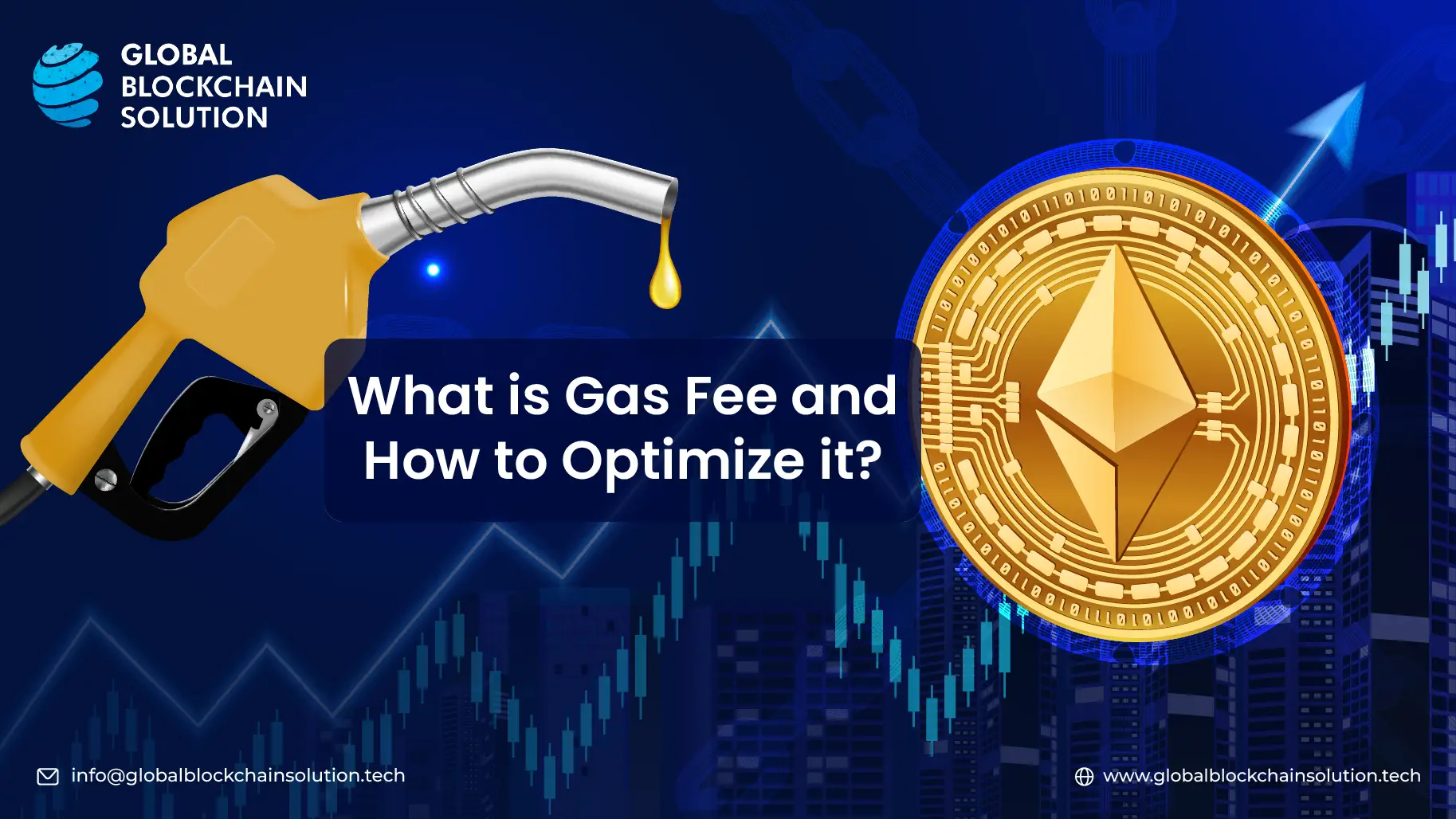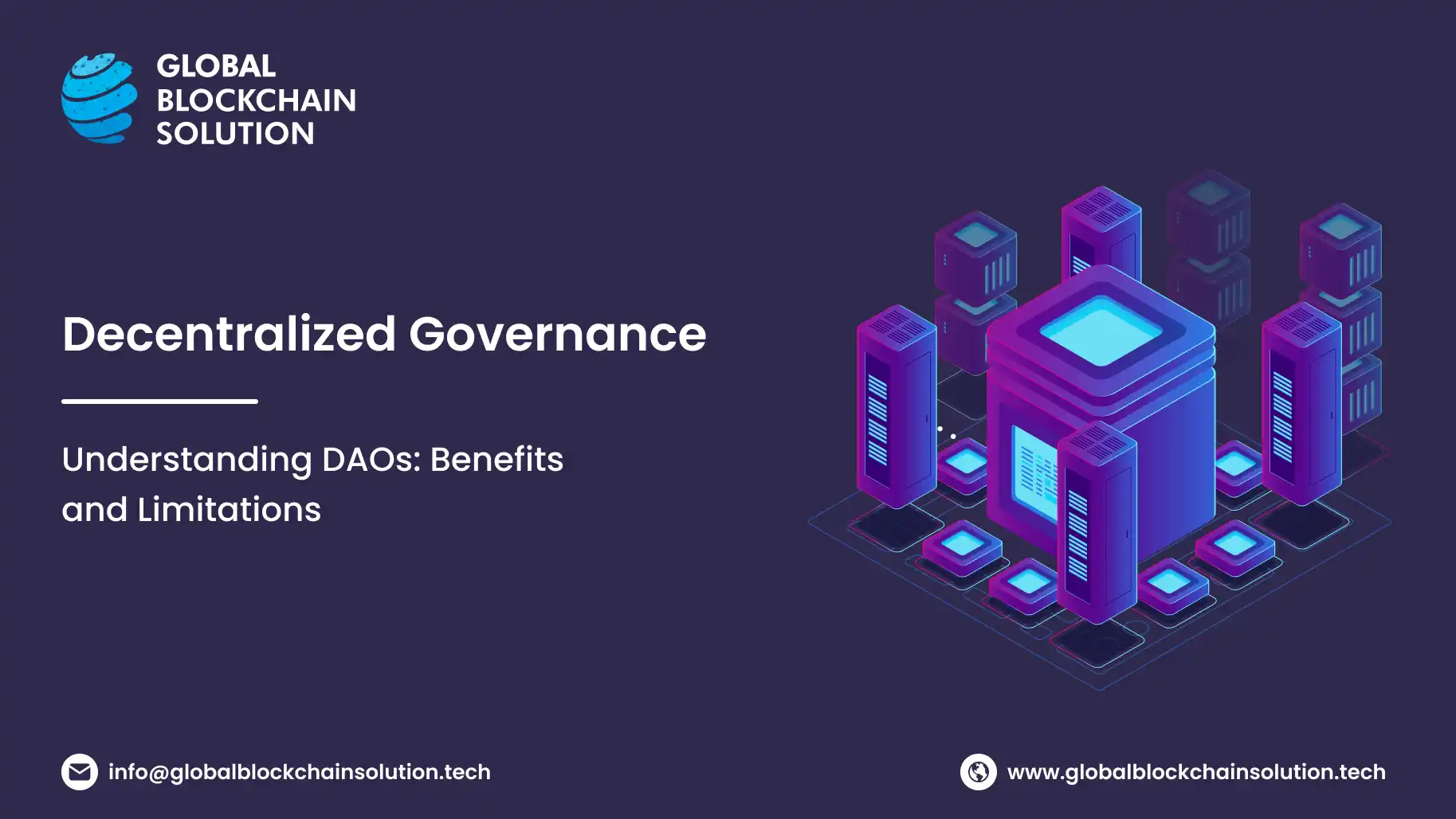In November 2023, the Bitcoin network saw a record-breaking $3.1 million transaction fee paid by an unlucky sender. This staggering fee highlights the unpredictable and often expensive reality of "gas fees" on blockchain networks like Bitcoin and Ethereum. These fees, which serve as incentives for validators to process transactions, fluctuate wildly.
Luckily for the user, Antpool processed the transaction and immediately flagged and froze it. Later, Antpool announced that it would refund the sum following the sender's verification. But only some are as lucky.

In May 2023 alone, gas fees on Ethereum reached epic highs – one trader paid 64 ETH, worth around $118,600 at the time, for a single transaction!
Then, in October, a transaction of nearly $100,000 was made via Bitfinex, for which $23.5 million was spent on gas fees, To the dismay of all, here, the miner cashed out immediately.
For business owners, these unpredictable surges in gas prices can drastically impact profits, much like soaring transportation and materials costs do. So, it becomes imperative to learn what a gas fee is, how it works, and how to ensure you optimize for it.
This Article Contains:
What is Gas Fee?
At the heart of blockchain networks like Ethereum and Polygon lies an ingenious incentive structure powered by "gas fees." Platforms like Solana and Bitcoin term it a "transaction fee". But what is it essentially?
Irrespective of whether it's called a gas fee or transaction fee, it means more or less the same thing. Participants compete to validate transactions and add blocks to the chain on a blockchain network. This validation process requires computers to expend computational energy – the lifeblood of decentralized networks.
Gas fees offer the reward that drives this participation engine. Users attach fees to their transactions, denominated in the network's native currency. Validators collect these fees when they process and confirm transactions, receiving compensation for expending resources.

With this incentive, validators would have a motive to commit assets to resource-intensive mining and staking operations. Gas fees provide the crucial income they rely on. And from a user's perspective, gas is the necessary "fuel" to ensure their transactions are prioritized and promptly added to the chain.
Yet gas mechanics have more profound implications as well. Fees fluctuate dynamically based on network demand.
When traffic spikes – as during Yuga Labs’ $600 million Otherside Land Sale – gas prices can soar, pricing out users with lower-value transactions. Ethereum gas fee averaged $474 per transaction when this happened. This introduces economic barriers to participation during peak periods.
Also Read: CryptoKitties Case Study: Key lessons for blockchain development
So, at last, why are gas fees necessary? They serve three primary purposes:
Incentivizing Validators
Gas fees reward miners or validators for the considerable computational work and energy expended in processing transactions and securing the network.
Regulating Network Load
Gas fees help manage the network's load by attaching a cost to transactions. Users must prioritize their transactions to prevent spam and ensure the network remains efficient.
Facilitating Resource Allocation
Gas fees act as a mechanism for resource allocation. It ensures that the network's computational power is distributed judiciously, processing transactions that compensate validators adequately.
Since the launch of blockchain networks, ingenious solutions have emerged to tackle this problem, like Ethereum's EIP-1559 fee model and Layer 2 scaling protocols.
However, understanding the nuances of gas is mandatory for any business building on the blockchain. Gas fuels an elegant system of incentives and rewards. While improvements are still needed, gas ultimately enables the entire lifecycle of decentralized transactions and applications.
Gas Fee Calculation and Components
Gas fees are transaction costs that users pay to compensate for the computational energy required to process and validate transactions on a blockchain network.
These fees are typically paid in the native cryptocurrency of the blockchain network, such as Ether (ETH) for Ethereum. The calculation of gas fees involves two main components: the gas limit and the gas price.
Also Read: What is Cryptocurrency: A Comprehensive Guide
1. Gas Limit
This is the maximum amount of gas that a user is willing to spend on a transaction. It represents the maximum amount of computational work that the transaction can consume.
2. Gas Price
This is the amount of cryptocurrency that the user is willing to pay per unit of gas. The gas price is usually denoted in gwei for Ethereum, where 1 gwei equals 0.000000001 ETH.
The total gas fee for a transaction is calculated by multiplying the gas limit by the gas price. This mechanism allows users to have some control over how quickly their transactions are processed, as miners or validators prioritize transactions with higher gas fees.
Gas Fee in Different Blockchain Networks
The way gas fees work can vary significantly across different blockchain networks. Let's explore the nuances of gas fees across several popular blockchains, highlighting key differences.
1. Ethereum
Ethereum, often referred to as a "world computer," introduced the concept of gas fees to compensate for the computational efforts required by miners or validators.
Gas fees on Ethereum are determined by the complexity of transactions or smart contracts executed on the Ethereum Virtual Machine (EVM). The fees fluctuate based on network congestion, with users paying more during periods of high demand.
During the DeFi boom in 2020, the NFT craze in 2021, and the recent crypto bull run of 2024, Ethereum gas fees soared to record highs, with users sometimes paying hundreds of dollars for a single transaction.
2. Binance Smart Chain (BSC)
Binance Smart Chain was created as a more cost-effective alternative to Ethereum, maintaining compatibility with Ethereum's EVM to facilitate easy development.

BSC achieves lower gas fees through its Proof of Staked Authority (PoSA) consensus mechanism, which is faster and more energy-efficient than Ethereum's Proof of Stake (PoS) consensus. As of March 2024, gas fees on Ethereum were over 182 times more expensive than on BSC.
Also Read: What is Consensus Mechanism in Blockchain? 25 Consensus Mechanisms to Choose From
1. Solana
Solana stands out for its high throughput and minimal transaction fees, thanks to its unique consensus mechanism. It can process thousands of transactions per second at a fraction of the cost compared to Ethereum and BSC. The transaction fee on Solana is approximately $0.00025.
Solana's efficiency and low cost have made it an attractive platform for decentralized applications (dApps) and financial transactions, challenging Ethereum's dominance in the space.
2. Polygon
Polygon (formerly Matic) operates as a Layer 2 scaling solution for Ethereum, aiming to reduce gas fees and improve transaction speeds by processing transactions off the main Ethereum chain. Polygon's gas fees are significantly lower than Ethereum's, offering a compromise between cost and security.
Polygon has facilitated the growth of decentralized finance (DeFi) and NFT projects by providing a more affordable platform for developers and users alike, with gas fees averaging at about $0.0024.
Also Read: Top Cryptocurrencies By Market Cap: Speed, Fees, & Features
3. Fantom
Fantom is a high-performance, scalable blockchain that offers low transaction fees and fast confirmation times. It uses a unique consensus algorithm called Lachesis, which contributes to keeping the fees low. Fantom's fees are designed to be low enough to encourage adoption and use, particularly for DeFi applications and services.
4. Optimism
Optimism is a Layer 2 scaling solution for Ethereum that aims to reduce gas fees and improve transaction speeds by processing transactions off the main Ethereum chain. By utilizing Optimistic Rollups, Optimism can offer significantly lower fees than the main Ethereum network, making it an attractive option for users and developers looking to minimize costs.
5. Hedera Hashgraph
Hedera Hashgraph differs from traditional blockchain technology, using a directed acyclic graph (DAG) to achieve high throughput and low fees. Its gas fee, termed as a transaction fee in Hedera's context, is around $0.001, offering an alternative for those seeking efficiency and scalability.
Hedera's unique architecture has attracted enterprises and applications requiring fast, low-cost transactions, showcasing its potential beyond the conventional blockchain model.
How to Optimize Your Gas Fee?
Since gas fees are an integral part of working with smart contracts and blockchain in general, every business needs to optimize its gas fees.
Here are some tips to do so on blockchain networks like Ethereum:
1. Time your transactions strategically
Execute transactions during periods of lower network congestion, typically outside of peak hours and on weekends. Gas prices fluctuate based on demand.
Use tools like Ethereum Gas Charts to monitor gas prices over time and identify optimal windows for transactions.
2. Batch transactions when possible
Group similar transactions together to minimize the total number of transactions required. For example, transfer all tokens to a single address first before locking them in a vault.
Batching reduces the cumulative gas fees compared to executing each transaction separately.
3. Utilize Layer 2 scaling solutions
Platforms like Polygon and Optimism offer significantly lower gas fees as Layer 2 solutions that process transactions off the main Ethereum chain.
While providing a compromise on decentralization, Layer 2 solutions can make frequent transactions much more economical.
4. Optimize your smart contracts
Write gas-efficient Solidity code by reducing the complexity and number of storage variables and blockchain interactions in your contracts.
Techniques like using memory instead of storage, avoiding loops, and packing variables can meaningfully cut gas costs.
5. Consider alternative blockchain networks
For applications that don't require Ethereum's level of security and decentralization, other EVM chains like Binance Smart Chain, Solana, Fantom, and Hedera offer much lower fees.
Analyze if migrating some transactions to a cheaper chain could be suitable.
6. Simulate transactions before executing
Tools like DeFi Saver allow simulating transactions to estimate the gas cost before actual execution on-chain.
Simulation helps optimize your contracts and avoid unexpected fees.
7. Stay informed on network upgrades
Keep updated on upcoming network upgrades, like Ethereum's sharding roadmap, which may impact gas dynamics in the future.
Proactively adapt your gas optimization strategy as the ecosystem evolves.
8. Leverage Account Abstraction (AA)
Account Abstraction allows custom verification logic in an account contract, enabling sponsored transactions where a third party covers the gas fees.
This can be useful for businesses to subsidize transaction costs for their users, improving UX and onboarding.
Account Abstraction also enables batching multiple operations into a single transaction, which can save on cumulative gas fees.
By employing a combination of these techniques, businesses can meaningfully reduce their gas expenditures without compromising core functionality. Optimizing gas fees is an ongoing process that requires active monitoring and iteration as network conditions change.
You can also consider partnering with a blockchain solutions provider like Global Blockchain Solution to audit and optimize your smart contracts and transaction patterns. Our blockchain experts can help you significantly reduce gas consumption and associated costs.
Contact us today or book a free 15-minute consultation to get your queries resolved.
Frequently Asked Questions
1. Who pays the gas fee?
The user initiating a transaction on a blockchain network is responsible for paying the associated gas fee. This applies to all types of transactions, including sending cryptocurrency, interacting with smart contracts, or minting NFTs.
As a business owner, it's important to factor in gas costs when planning your blockchain-based operations, as these fees can impact your bottom line.
2. Why is my gas fee so high?
Gas fees fluctuate based on network congestion and demand. When many users are trying to process transactions simultaneously, miners or validators prioritize those with higher gas fees, leading to increased costs for everyone.
Ethereum, for example, has experienced significant gas price surges during periods of high activity, such as popular NFT launches or DeFi protocol releases.
The complexity of your transaction also influences the gas fee. More intricate smart contract interactions or larger data transfers will consume more computational resources, resulting in higher costs. Regularly monitoring gas prices and strategically timing your transactions can help mitigate these expenses.
3. Is the gas fee compulsory?
Yes, gas fees are a mandatory part of processing transactions on most blockchain networks, including Ethereum, Binance Smart Chain, and Polygon. These fees serve several critical purposes:
Incentivizing validators to process transactions and secure the network.
Regulating network load by attaching a cost to each transaction, preventing spam.
Facilitating resource allocation by ensuring computational power is distributed to transactions with adequate compensation.
Without gas fees, the network would be vulnerable to spam attacks and lack the necessary incentives for validators to maintain the blockchain's integrity.
4. Can you avoid gas fees?
While gas fees are an integral part of most blockchain ecosystems, there are strategies to minimize or circumvent these costs:
Utilize Layer 2 scaling solutions like Polygon or Optimism, which process transactions off-chain to reduce fees.
Explore alternative blockchain networks with lower gas costs, such as Solana, Fantom, or Hedera Hashgraph.
Implement gas optimization techniques in your smart contracts, such as reducing storage reads and writes or using more efficient data types. If needed, get help from a leading solutions provider like Global Blockchain Solution to optimize your transactions.




